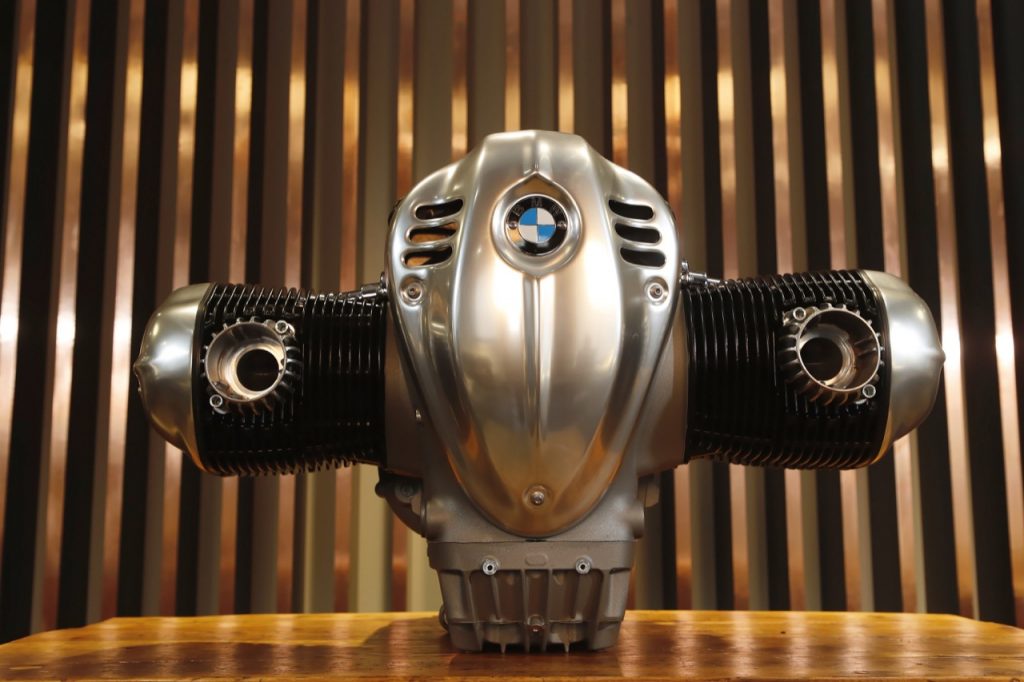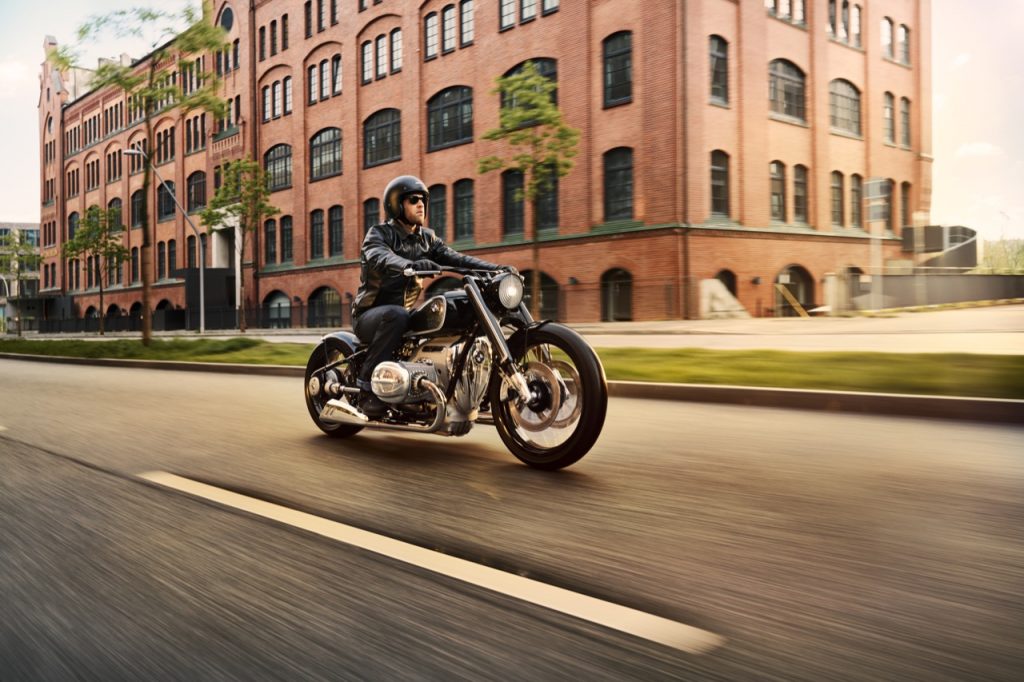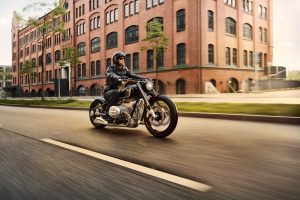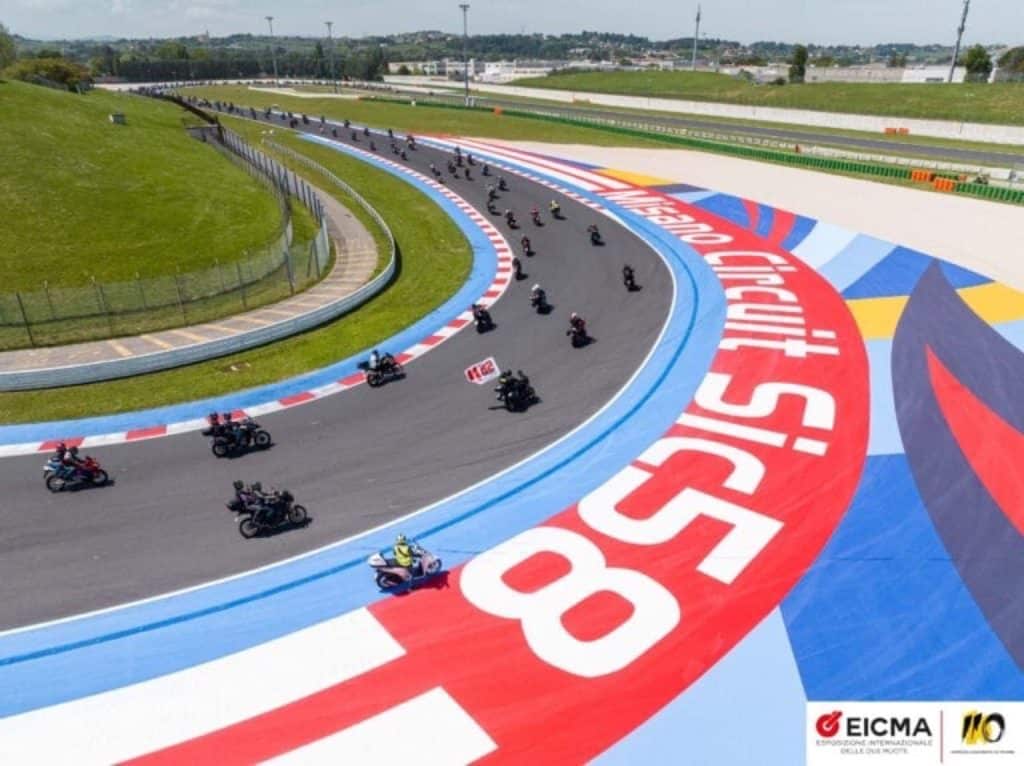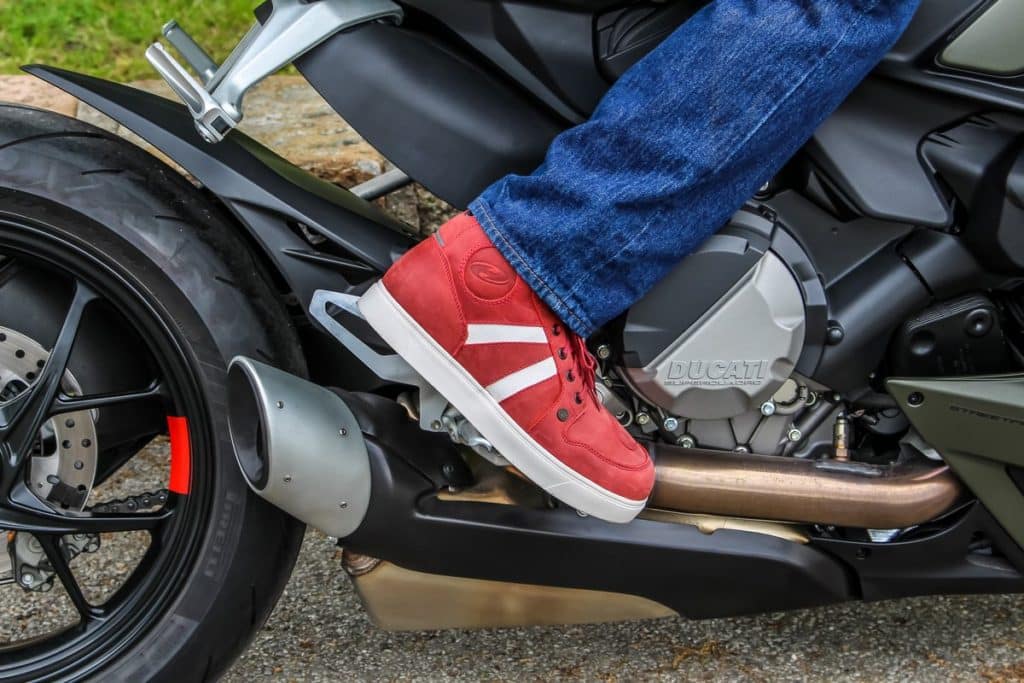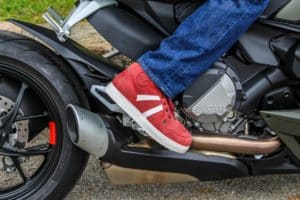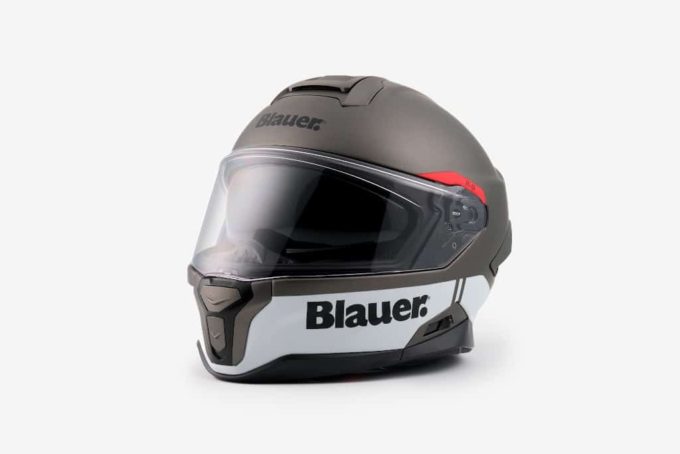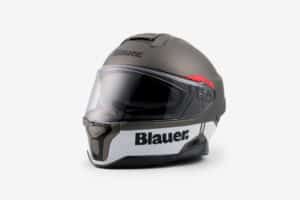BMW Motorrad: the "Big Boxer" engine of the R 18 model introduced [PHOTO]
The most powerful Boxer signed by BMW
The external vision is one of the connotative aspects of the new twin-cylinder engine Boxer, associated with the prospect R18 signed BMW Motorrad.
A mighty heart
Il “Big Boxers” di 1.802 cc It is a new concept and, as mentioned, is composed of two cylinders. The dry clutch with single disc transfers the developed torque to the transmission, developed as a self-reinforcing anti-hopping element, canceling the rear wheel overhang linked to the engine's drag torque, along the fast gear scans, as reported.
The gearbox has 6 gears that always engage, placed in a double-section aluminum body. The design appears typical of a 4-shaft transmission with pairs of helical gears, damper action and sprockets. The options also include a reverse gear, which can be engaged manually, linked to an intermediate gear and an electric motor. A cardan transmission shaft transfers the torque to the rear wheel, repeating a historical technical aspect and a tripod joint appears on the gearbox, always repeating the indications.
Tradition merged with innovation
Moving on to valve gear for the “Big Boxers”, the specialists took inspiration from the design of the 2-cylinder Boxer engine from R 5/R 51 (1936-1941) and R 51 / 2 (1950-1951). Compared to other units with OHV distribution from the manufacturer, the two camshafts positioned on the left and right are driven by the crankshaft via a chain, as indicated. The rods are shorter, mitigating rotating masses and flexions, with an overall stiffer valve action to support fluidity and control, still reporting what has been reported.
Then the two intake and exhaust valves in the cylinder head are animated in pairs through fork levers. Clearance compensation occurs by means of an adjusting screw with a lock nut for each valve. These are made of steel, the angle amounts to 21 degrees on the input side and 24 degrees on the output side, while the diameter of the disc is 41,2 mm on the input side and 35 mm on the output side.
A classic connotation with structural characteristics, which refer to the first Boxer engine designed by BMW Motorrad, at the time characterized by side valves.
A unit featuring four valves, an advanced combustion chamber architecture, dual ignition, BMS-O engine management system, intake manifold injection, air/oil cooling, vertically split aluminum crankcase and a crankshaft featured on three bushings. The two voluminous cylinders with finned heads.
The “Big Boxer” crankshaft, forged from hardened and tempered steel, features an additional central main bearing. Hardened steel crankshaft and connecting rods are mounted on plain bearings. The pistons are then made of aluminum alloy with two compression rings and a wiper ring, while the sliding surface of the cylinders is coated with NiCaSil, again following the indications. Lubrication by oil, also functional for cooling, occurs via a wet sump system with a two-stage oil pump and sleeve chain revived by the crankshaft. The overall weight reaches 110,8 kg, including gearbox and intake system.
This is the highest capacity twin-cylinder Boxer ever used on series models. The bore is 107,1 mm and the stroke is 100 mm. It can develop 91 horses of power (67 kW) a 4.750 rpm, while the peak torque of 158 Nm it is already offered at 3.000 rpm. While from 2.000 to 4.000 rpm we are already talking about over 150 Nm of torque, still matching the reported values. The maximum speed indicated reaches 5.750 rpm.
Photo: BMW Motorrad
if you want to always be updated on our news
Follow us here

